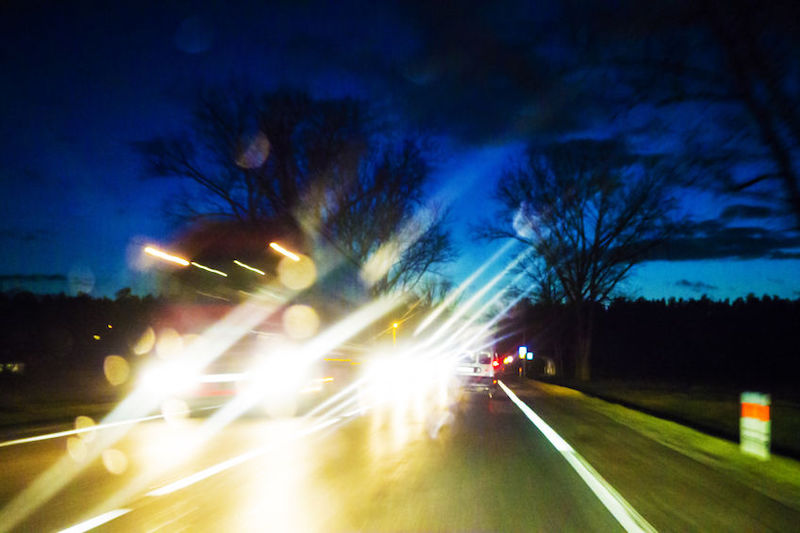Bystanders, gawkers and gaffers
Lina Kolesnikova investigates the phenomenon of bystanders filming and taking photos of accident victims rather than calling the emergency services for help, or clearing the way for first responders while they do their job.
 Gawkers and bystanders can jeopardise the work of ambulances and rescue services as they film or take pictures of accident victims during the rescue operations. Image: fotoyou/123rf
Gawkers and bystanders can jeopardise the work of ambulances and rescue services as they film or take pictures of accident victims during the rescue operations. Image: fotoyou/123rf
On April 28 this year, an Australian was sentenced to 10 months in prison for filming and mocking four police officers who were the victims of a fatal collision on a Melbourne freeway. The sentencing judge called his actions “heartless, cruel and disgraceful”. The whole story was so terrible, and the media coverage so extensive that the judge named the defendant “the most hated man in Australia”.
Unfortunately, the topic of filming road accident victims and then publishing the footage on social media networks has become a global issue. Very often, bystanders or gawkers not only make videos of dying and/or suffering people, but they do nothing to help the victims by calling for an ambulance or providing first aid. The gawkers also jeopardise the work of ambulances and rescue services as they continue to film during the rescue operations as well.
In many countries, authorities are trying to address the problem legally and technically, as well as by appealing to society’s morality and humanity.
In 2019, Germany introduced a law to improve privacy protection through the stricter punishment of filming accident victims. According to the Federal Ministry of Justice and consumer protection (BMJV), anyone who "produces or transmits" an image which shows a deceased person in a "grossly offensive manner" without authorisation could, in the future, be punished by imprisonment of up to two years. Prior to enacting that law, the criminal code in Germany had only protected living people from degrading images. The images of people who died following traffic accidents or violent crimes were only considered a violation of the right of personality. Therefore, the new law closes this gap and provides for the need of relatives be spared the "additional suffering of having pictures of their deceased parents or children” spread. From January 1, section 201a of the Criminal Code considers this offence punishable by up to two years in prison.
Sweden did a similar thing by introducing a new law that prohibits “integrity violations”. The law is interpreted as a prohibition for private individuals to take photos or video of people involved in accidents.
The video of Bavarian police officer, Stefan Pfeiffer, who confronted gaffers (a German word for a gawkers) after a fatal accident on the autobahn A6 between Roth and the Nürnberg-Süd junction, went viral all around the world. Bystanders had tried to film and photograph the scene of the accident with their smartphones, causing a traffic jam around eight kilometres long in the opposite direction.
Pfeiffer asked the gaffers to come to the dead body of the 47-year-old truck driver and take a photo. "Would you like to see a dead person?" he asked the occupants of a car, among other things, embarrassing them. Bavaria's Interior Minister Joachim Herrmann (CSU) fully supported his colleague in his actions.
There are technological solutions as well. An interesting pilot project in Germany is intended to deter gawkers in the event of accidents. Johanniter rescue service is now trying to scare off gaffers with a technical trick: it prints huge QR codes on its emergency vehicles and
equipment. As soon as a bystander picks up on an accident with the mobile phone camera, he/she inevitably has one of these QR codes in his picture. This is automatically scanned, and the gawker receives a message sent to the cell phone. "Stop! Gawking kills!" is then shown in large letters on the cell phone display. There is also a link to an information film that shows what bystanders can do. You can read about the project here.
This seems to be a positive direction. The combination of legislative measures aimed at protecting the privacy of victims and their relatives on one side, coupled with educational and awareness measures, might make the wider population more sensitive and critical towards gawkers and the publication of amateur footage of victims.
The social habit of “stalking” victims should be discouraged and replaced by responsible assistance and a respectful non-intrusive attitude.